Golf architecture social media seems to have become smitten with the idea of template golf hole designs. Whether it is a classic template from early last century or a new creation by a contemporary architect, they are getting a lot of attention.
Template holes originated with the creation of The National Golf Links by Charles Blair Macdonald in 1911. The theory, and it has maybe become a proof, was to take the best, most interesting/strategic individual golf holes in the United Kingdom, study and define their strategy, and emulate them again for a new golf course elsewhere in the world. MacDonald’s protégé, Seth Raynor took this theory and ran with it and created over fifty new golf courses. All of them included a varying number of templates and even some original holes. Generally, there are more than 18 templates, even though the vast majority of golf courses have only 18 holes. Some of the templates are Short, Bottle, Long, Redan, Cape, Raynor’s Prize, Eden, Alps, Valley, Sahara, Hog’s Back, Lion’s Mouth, Punchbowl, Double Plateau, and Biarritz among others.
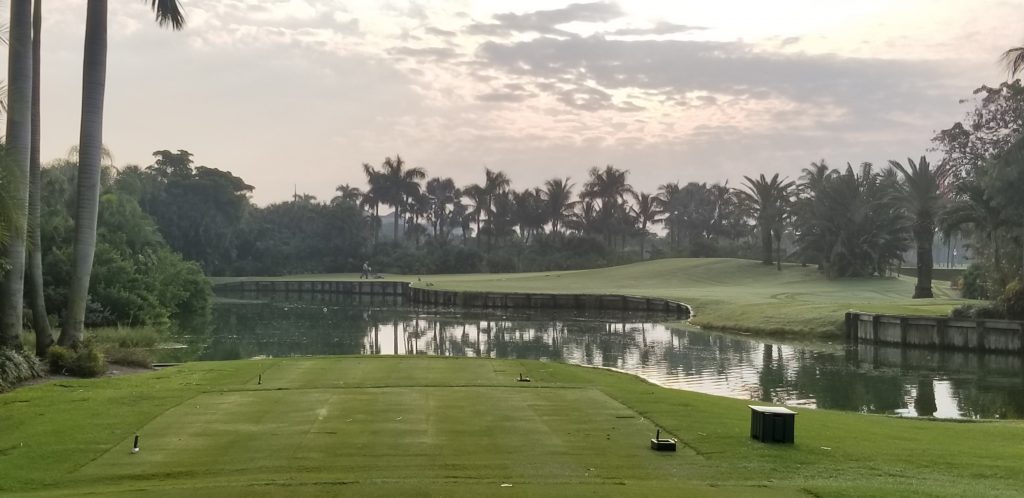
I started working with templates back with Brian Silva and Mark Mungeam in the late 1990’s which makes this an ‘old school’ discussion. As part of the exploration, we broke the templates down to the shots they were suggesting, if not requiring. Conceptual route plans often included templates as the site dictated. Some sites, like Black Creek in Chattanooga, required templates and where best to route them. That was a fun plan fitting in an introductory 1st hole “double plateau” or the 6th “punchbowl”. Interesting how this “Punchbowl” carried over to the 4th at Black Rock CC and the 14th at Red Tail GC.
One of my favorites was/is the 17th “Biarritz” at Black Creek as I love the concept of being accurate in direction and length with a long, plus 200 yard, par three, tee shot. As research as part of an upcoming renovation, I have been contemplating the Biarritz template a bit more. Looking at the original Biarritz holes designed by the Macdonald school of architecture, you see all sorts of variations in length, front plateau green or fairway, angle of front bunker and or water hazards, and swale width/depth. I’m less interested in any newer versions as I’m wanting to mimic the original design.
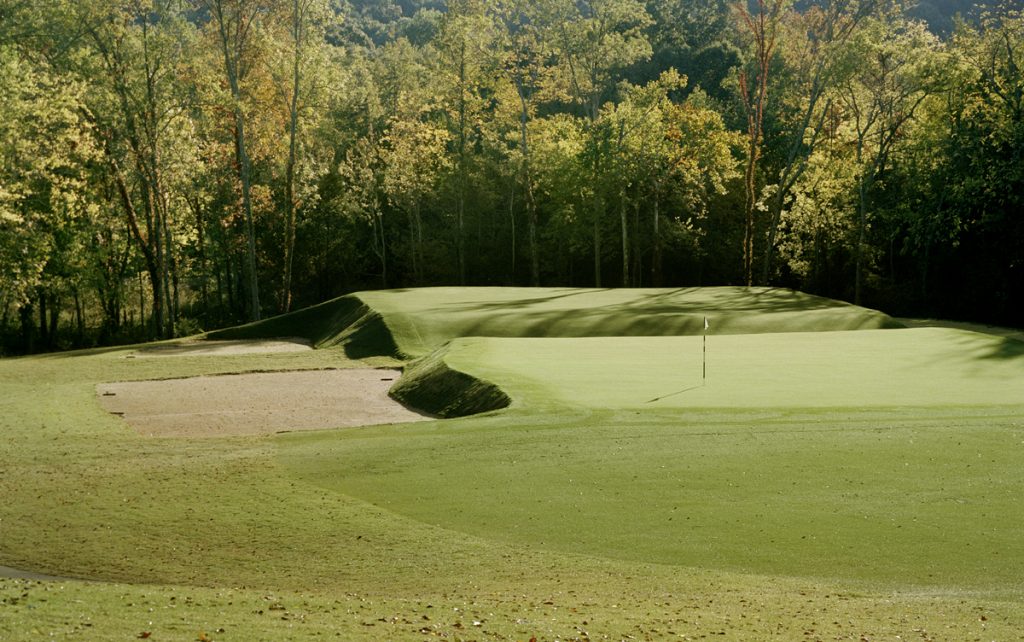
There is very little information on Willie Dunn’s original design. I’m not aware of any photographs or other such artistry that might have given us clues to the French version.
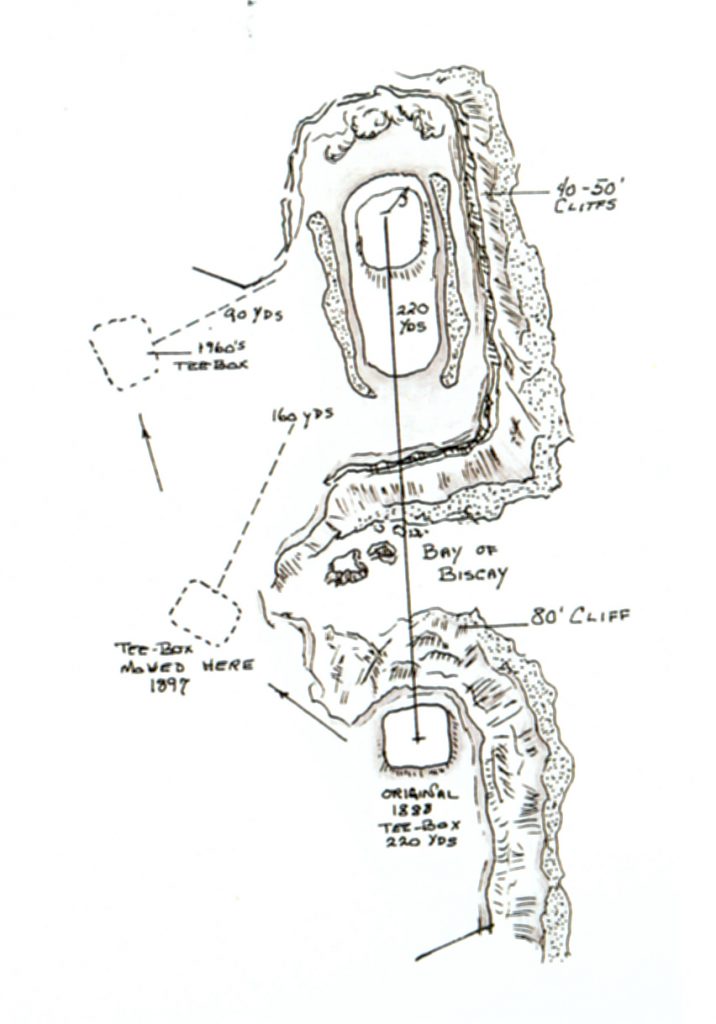
There seems to be no “standard” detailed design given the above characteristics. The original designs from the 1910s and early 1920s had green as the front plateau as much as the rear. If the green complex has front bunkers well in front of the approach and parallel to play then the front would generally be green. Side, front plateau bunkers, especially if they were angled inwards pinching the line of play, not parallel, then the front plateau would be fairway. The idea being the front bunkers tested the run up approach shot to allow the front plateau to be green. Later complexes generally had the front as green whether there was front bunkers or not. So what changed in the Raynor camp that would dictate such? The following is a chart listing course, hole length, front condition, and hazards.
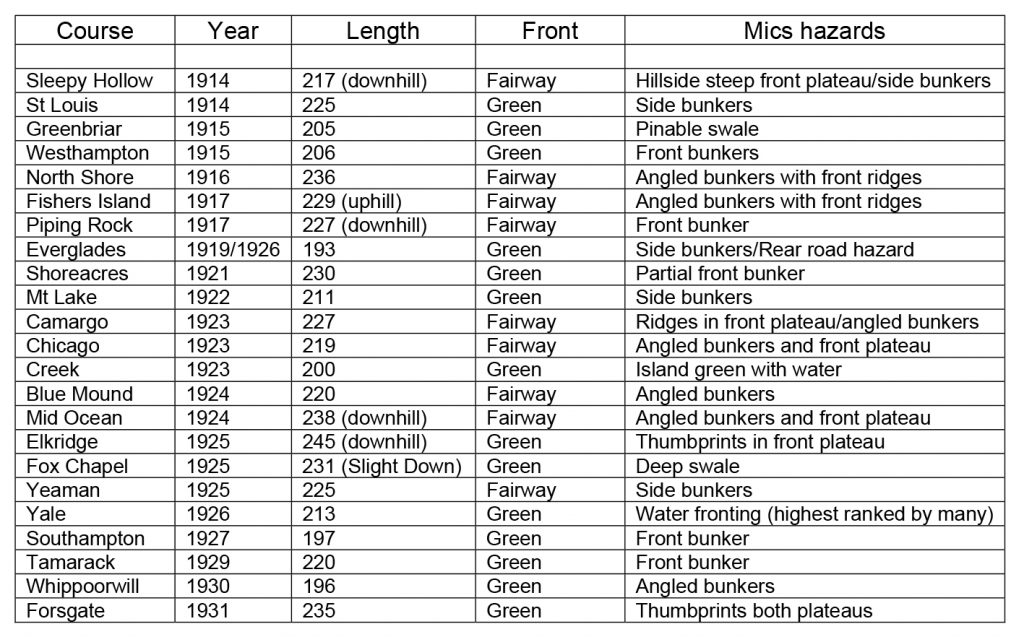
Could it be that aesthetically players like the inviting look of the front being green, especially when viewed from a higher tee, like Elkridge or Fox Chapel. Was it that maintenance improved to repair the more worn front plateau turf? Almost all tee shots land short or on the front plateau to feed through the swale and reach the rear plateau. Never mind the impact of all the players walking up the approach (these greens are all long before carts). Did construction budgets increase to allow the front plateau to be built with the same rootzone mix as the rear. My conversations with Superintendents have lead to knowing that at Everglades, Fox Chapel and Yale the front plateaus were originally built with the same materials and layers. Was it that Raynor learned that for the majority of players reaching and staying on the front plateau is difficult, especially given a deep, ball sucking swale behind, and front bunkers? Did Clubs change the front to green for any of the above reasons without consulting Raynor? Or did he give blessing to the idea? We will probably never know.
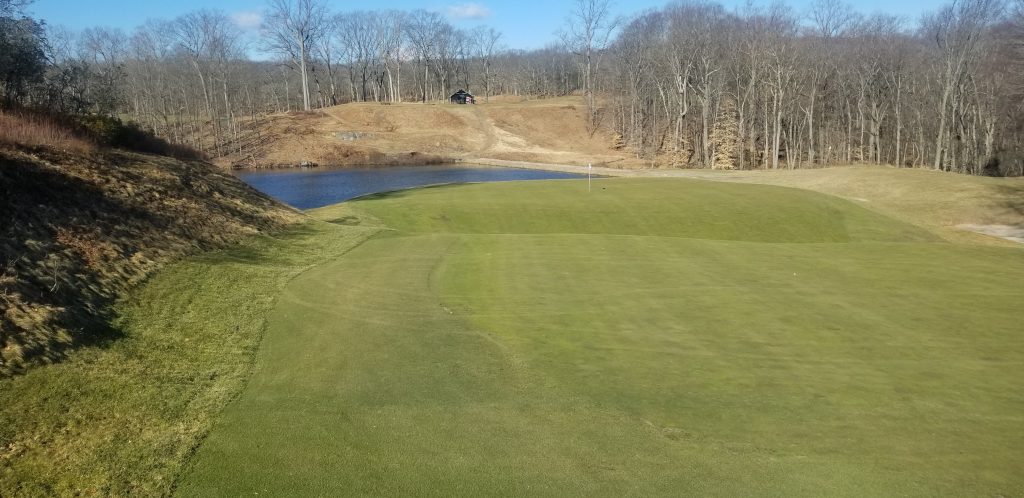
If the front plateau is maintained as green then do clubs cup the front portions? Do superintendents need to give the rear plateau a break from wear and tear? Given the generally large size of these green pads; ten thousand square feet or nearly twice a typical green surface area, is not uncommon; I would think not. All of these clubs are private memberships with reduced play verses a public, daily fee course. With angled front bunkers, such as Whippoorwill, pins located near the front right or left corners, and shorter tee distances around one hundred and fifty yards suggest a more aerial approach. Placing the pin position three paces in front of the swale more than brings the swale into play. Remember, many golfers are playing fairway woods, long irons or hybrids with at least a ten or twenty yard range of accuracy. Though most front plateaus do slope back to front making the short tee shot and resulting putt much easier than putting through the swale.

The front plateau being approach creates a much more thought provoking shot to a pin on the rear terrace. Does a player chip, putt or even flop it?! Architects love to get players to think; even question their decision. This results in only the committed playing true. If the front was approach, how far did the green extend into the plateau? High point of the swale? A couple paces in? Did front plateaus steadily transition to green opposite to typical green edges that recede with maintenance?
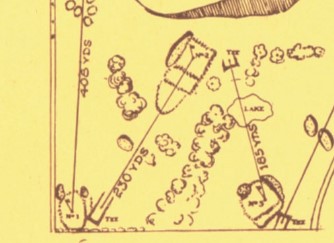
(Tim Burch)
What we don’t see Raynor and the gang exploring is if a Biarritz template would work with a long par four or even longer par five? Why were they ‘stuck’ with only creating long par three Biarritz templates? Isn’t a Biarritz a more exacting green for a long par four/five than a punchbowl? Even a shorter tee shot could lead to a recovered, well struck approach shot that feed up the front plateau, through the swale and pops out on the rear. That is an exciting feeling and one we as architects want players to experience. Think of the match play impact that such a template provides. A slightly longer tee shot still leaves a long approach with maybe a hybrid verses a fairway wood. Hopefully this blog can promulgate that there are no hard and fast rules or as some would say, engineered standards, for Biarritz templates.

Leave a Reply